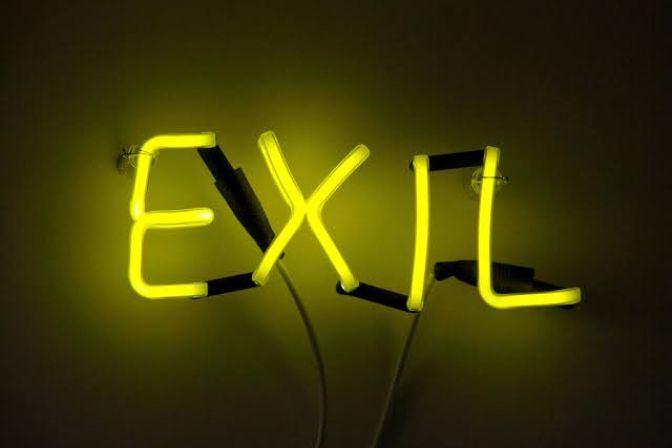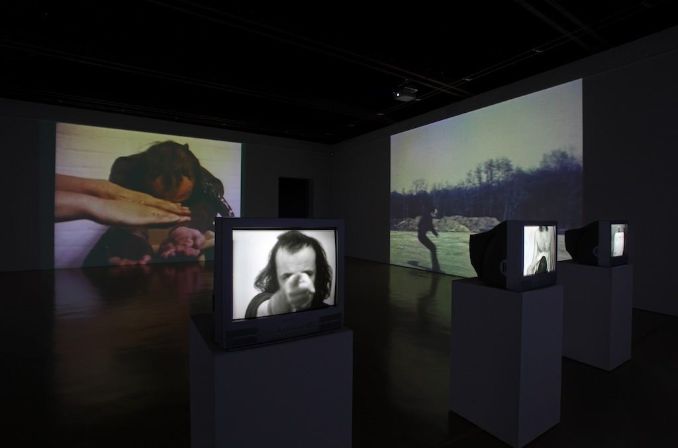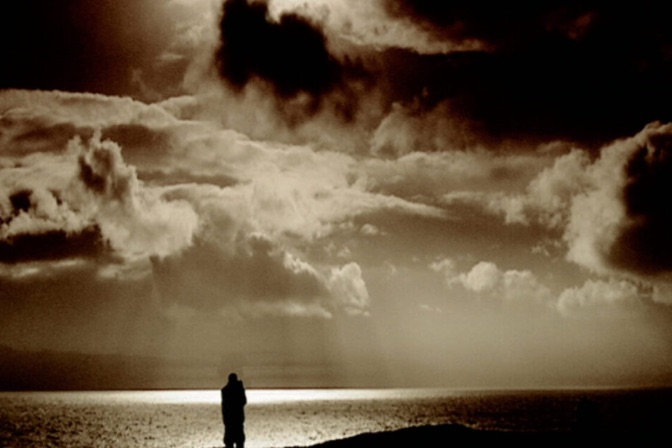Borrowed Scenery (study) Bontarō Dokuyama (b. 1984, Fukushima) is an intricate exploration of how the past and present continually interact, especially in a country like Japan, where historical events have such a profound impact on national identity and personal memory. His work brings to the forefront the tension between collective history and the emotional scars that remain from forgotten or overlooked moments in time. The title itself, “borrowed scenery,” evokes a delicate sense of impermanence and fragility, suggesting that the history we inherit, as well as the memories we carry, are not fixed—they are borrowed, fluid, and subject to change based on our evolving perspectives.
One of the most compelling aspects of Synchronized Cherry Blossom (2020) is how Dokuyama uses the symbolic cherry blossom to delve into Japan’s complex relationship with memory, identity, and sacrifice. The cherry blossom, with its ephemeral beauty, has long been a symbol of both the fragility of life and the endurance of national identity. In Dokuyama’s work, the cherry blossom takes on even deeper significance, representing not only the sacrifice of young soldiers during World War II, whose lives were cut short for a national cause, but also the nation’s resilience in the face of immense trauma.
From the late 1920s until the end of WWII, the Somei-Yoshino cherry blossoms became associated with this tragic narrative of sacrifice. The symbolism of the blossoms falling so quickly after reaching full bloom mirrored the fleeting lives of those soldiers—young men whose existence was cut short in service to the nation. Yet, after the war, the same cherry trees came to symbolize Japan’s post-war recovery and economic growth, a transformation that coincided with the rebuilding of the nation in the wake of such loss. Today, cherry blossoms still grace the 100-yen coin, a symbol of recovery from the 2011 Great East Japan Earthquake. However, the flower’s multiple meanings—sacrifice, renewal, and recovery—reveal the complex ways in which national symbols can evolve in response to societal shifts.
Dokuyama’s own personal experience with the aftermath of the 2011 Tohoku earthquake and the Fukushima nuclear disaster profoundly shapes his artistic practice. He witnessed firsthand the devastation of his hometown of Fukushima, which was dramatically altered by the earthquake, tsunami, and nuclear meltdown. His work is deeply tied to the personal and collective grief associated with such profound loss. In particular, his use of video installations and interviews with those affected by these events creates a space for the forgotten, for the voices of those who have been marginalized or overlooked in mainstream historical narratives.
Dokuyama’s interventionist approach—visiting the sites of historical or traumatic events and speaking with people affected by them—adds a layer of authenticity and emotional resonance to his work. His art is not merely a passive representation of history; it is an active engagement with the people who live through it. His insistence on confronting the past and reflecting on what has been erased or neglected in the public consciousness forces viewers to consider how the present is shaped by these buried histories. The warning that any of us could become a victim of history at any moment is both unsettling and thought-provoking, highlighting the precariousness of memory and the unpredictable nature of life.
Through this, Borrowed Scenery (study) challenges us to confront the fragility of memory and the complexity of national identity, asking us to reflect on what we choose to remember and what we forget. By examining symbols like the cherry blossom and investigating the histories that shape them, Dokuyama urges viewers to recognize the emotional, political, and historical forces that continuously reshape the world we inhabit.
In addition to the historical and emotional weight of Dokuyama’s work, there’s also the theme of impermanence—a central concept in both Japanese culture and his artistic practice. The idea that memory is “borrowed,” that it’s fleeting and can easily be lost or transformed over time, feels deeply resonant in today’s rapidly changing world. How much of our own history, our own experiences, do we truly hold onto? And what might be left behind, forgotten or erased by time? This question speaks to the very heart of Borrowed Scenery (study)—an invitation to reflect on the role of history in shaping our identities, and how we, as individuals and as a society, negotiate our relationship with the past.
Borrowed Scenery (study) was curated by Keith Whittle and was exhibited as part of the 3331 Art Fair 2021. The project was financially supported by Yukiko Ito. Special thanks to Tomoko Hisaki, Akio Tokunaga and Leesaya Gallery.








